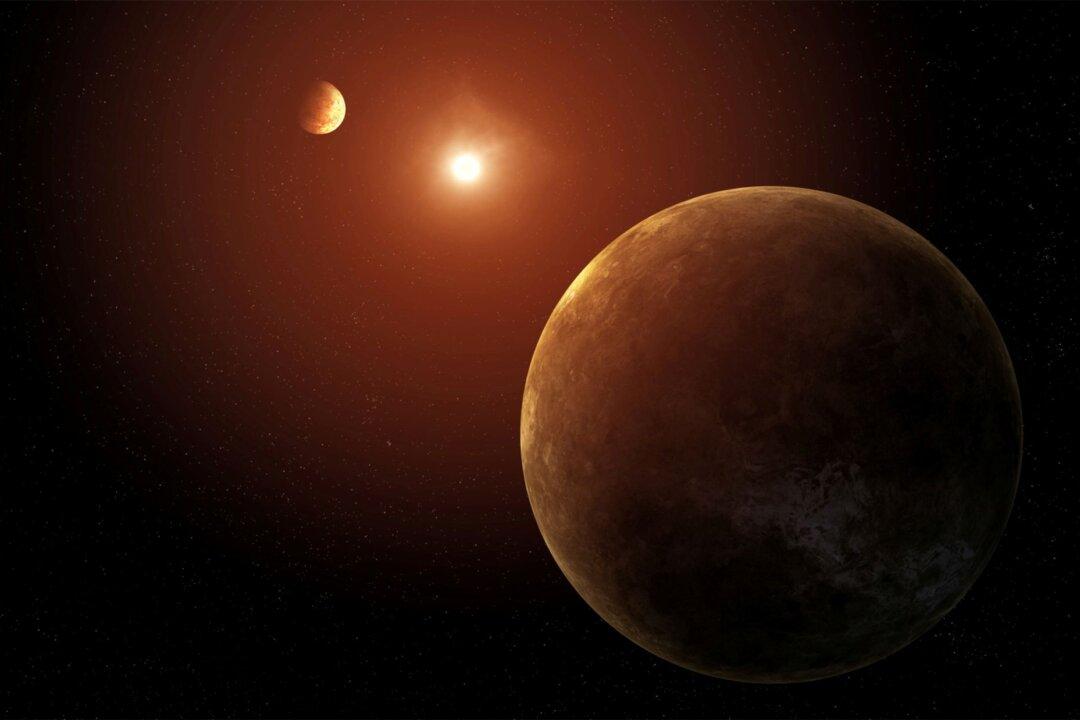Astronomers recently discovered a “super-Earth” exoplanet orbiting the habitable zone 137 light years away from Earth, according to NASA, prompting further investigation into its potential to sustain life.
“Its parent star is a red dwarf, smaller and cooler than our Sun; a number of such stars are known to host small, rocky worlds. At the moment, they’re the best bet for finding habitable planets,” the agency stated.
“These planets make far closer orbits than those around stars like our Sun, but because red dwarfs are smaller and cooler, the planets can crowd closer and still be safely within the star’s habitable zone.”
The habitable zone refers to the distance from a star where a planet could have the right temperature for liquid water to form on its surface. NASA said that several other factors would need to line up for surface water to be present, including a suitable atmosphere.
“But the conservative habitable zone—a narrower and potentially more robust definition than the broader ‘optimistic’ habitable zone—puts it in prime position, at least by the rough measurements made so far.”
According to NASA, the tighter orbits also indicate that planets crossing the faces of their stars when viewed by space telescopes, “cross far more often.”
“In the case of planet [TOI-715] b, that’s once every 19 days, a ‘year’ on this strange world. So these star-crossing (transiting) planets can be more easily detected and more frequently observed,” it stated.
Potential for Atmosphere
This discovery adds to the list of habitable-zone planets that could be more closely scrutinized by the Webb telescope, potentially showing signs of an atmosphere, the space agency said.“Much will depend on the planet’s other properties, including how massive it is and whether it can be classed as a ‘water world’—making its atmosphere, if present, more prominent and far less difficult to detect than that of a more massive, denser and drier world, likely to hold its lower-profile atmosphere closer to the surface,” it added.
The planet known as K2-18b is twice the size of Earth with eight times the mass. While it’s thought to be rocky, no one knows if water is flowing on the surface.
Its star, a red dwarf, is considerably smaller and cooler than our Sun—a yellow dwarf—and its atmosphere is also different from ours.
Scientists estimate that K2-18b takes 33 days to orbit its star, so one year there is one month here.
At this distance, temperatures range from minus 100 degrees to 116 degrees Fahrenheit (minus 73 degrees to 47 degrees Celsius).







